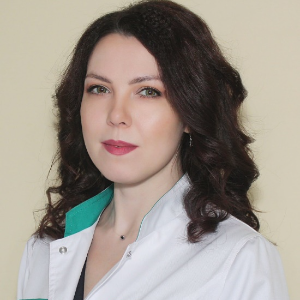Title : Aureolic Acid Group of Agents as Potential Antituberculosis Drugs
Abstract:
Mycobacterium tuberculosis is one of the most dangerous pathogens. Bacterial resistance to antituberculosis drugs grows each year, but searching for new drugs is a long process. Testing for available drugs to find active against mycobacteria may be a good alternative. In the presented study, we used the fast?growing and nonpathogenic Mycobacterium smegmatis to investigate the effect of aureolic acid group antibiotics.
In this work, M. smegmatis mc2 155 strain was used. To antibacterial activity analysis, Olivomycin A, Mithramycin A, Chromomycin A3, BRACO?19, and TMPyP4 (all from Sigma?Aldrich, Missouri, USA) (Supplementary Materials Figure S1) were added to the cultures, at a final concentration of 10 μM. As a positive control, Kanamycin was used at a final concentration of 20 μM. Negative control samples were treated with the same volume of DMSO (a solvent for all chemicals above). G4 motifs in the genomes of M. tuberculosis and M. smegmatis were analyzed, and the ability of the aureolic acid group drugs to stabilize G4 motifs was tested. For scanning electron microscopy (SEM), fixed cells examined using a scanning electron microscopy multipurpose analytical complex Merlin (Carl Zeiss, Germany). Transcriptomic analysis was conducted on Illumina HiSeq 2500.
We presumed that antibiotics of this group may be potential G4 ligands. However, this was not confirmed in our analyses. Our data demonstrate antimycobacterial activity of Olivomycin A. We showed that it significantly inhibits the growth of M. smegmatis, the closest relative of M. tuberculosis. Transcriptomic analysis revealed a decrease in the transcription of several essential genes and an active cell response on the stress. Mycobacterial cells cultivated in the presence of sublethal doses of antibiotic (0.5 μM) were elongated and formed conglomerates not typical for control cells. Transcriptomic analysis documented increased expression of MSMEG_3743/soj and MSMEG_4228/ftsW, involved in cell division. Therefore, drugs may affect cell division, possibly disrupting the function of the Z?ring and the formation of a septum. Additionally, a decrease in the transcription level of several indispensable genes, such as nitrate reductase subunits (MSMEG_5137/narI and MSMEG_5139/narX) and MSMEG_3205/hisD was shown. We concluded that the mechanism of action of aureolic acid and its related compounds may be similar to that bedaquiline and disturb the NAD+/NADH balance in the cell. All of this allowed us to conclude that aureolic acid derivatives can be considered as potential antituberculosis drugs.


